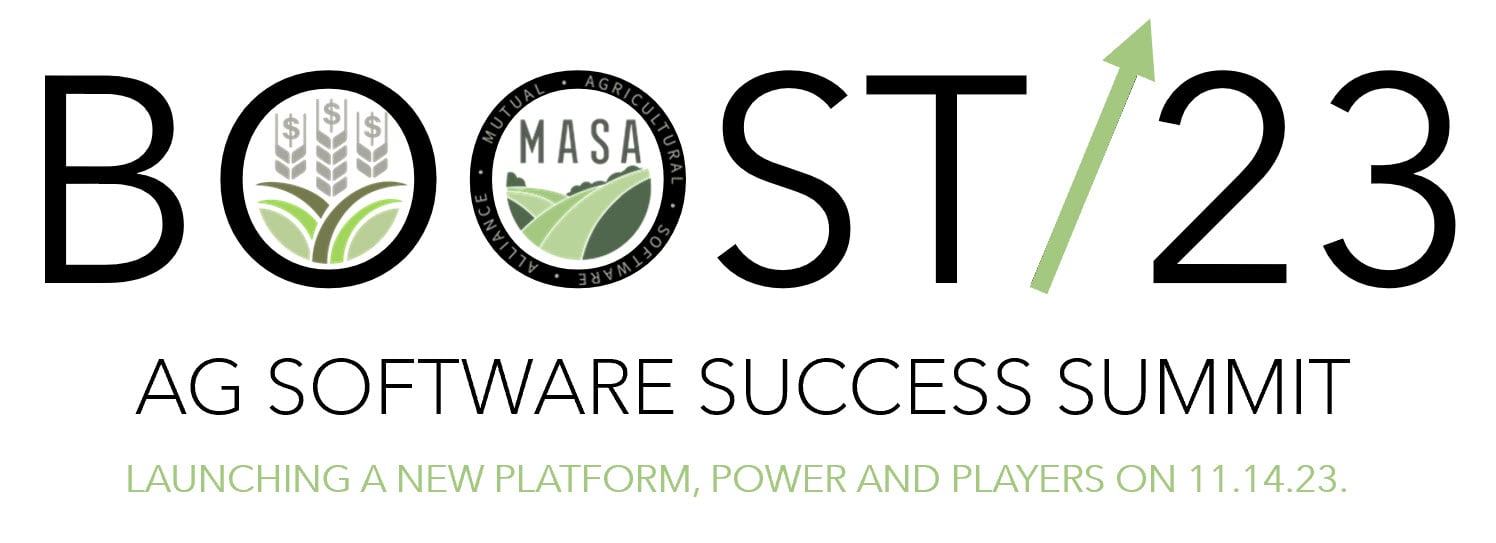
Prescription Farming for Your Financial Records
Imagine strolling into your local farm machinery dealer and telling the salesman you want to buy enough equipment to run a farm. After he regains consciousness, he's likely to ask you for more detailed specifications: horsepower, width, tillage method, etc. so that he can prepare the bid. If you can’t describe the machinery you need, most dealers can determine that for you by matching the capacities of each implement to the acres of crops to be grown.
Now picture trying to buy farm machinery without even knowing the size of your farm or which crops or livestock you intend to raise. The results could be disastrous. You might end up with a garden tractor to farm 10,000 acres of wheat or a 300 horsepower four-wheel-drive monster to spray your orchard.
THE SCENE OF THE CRIME
Pretty ridiculous, right? Did you know that this same crime is committed every day in stores and trade shows? Typically, a farmer with little experience in accounting and computers confronts a salesperson who has no idea how to translate the farmer’s needs into a workable solution. Salesmen sell what they know, and what they know is usually limited to a handful of programs. What do you think are the odds that one of these programs is exactly what the farmer needs?
So after years of courtship with computer and programs, a shotgun wedding occurs between the farmer and whatever was on sale the day he walked into the store or booth.
The marriage begins with the salesman’s traditional blessing, “this will do the job for you”. The honeymoon ends when the farmer discovers that his bride is holding back information.
Complaints vary. Users who go home with only a spreadsheet program often spend hours trying to cobble together make-shift record systems. Others discover that their first full-fledged accounting program is totally inadequate and start over. But probably the most discouraging cases are when the farmer discovers that he has bitten off more than he can chew with an expensive accounting package that is just too complicated and cumbersome to get off the ground.
The costs of these failed marriages are significant: the original purchase price of the software, the user’s lost time in wrestling with the computer and the cost of wrong decisions due to inadequate information.
Most software offered to agriculture is of good quality and appropriate for the application for which it was designed. With the dozens of titles available, though, the chances of accidently picking the ideal program the first time out are remote at best.
That is why a careful analysis of each operation’s financial management needs is essential prior to considering the purchase of hardware and software.
INTRODUCTION TO SYSTEMS DEVELOPMENT
Fortunately, methodologies to match farmers and accounting systems have already been prototyped.
Most notable at this time is work done by Schnitkey and Sonka at the University of Illinois. They have adapted an approach referred to as “systems development” to aid farmers in designing and selection accounting systems to best match their needs.
The systems development process involves six stages: planning, analysis, design, selection, implementation and evaluation. Worksheets were developed through a pilot project to help farmers apply the first four stages to their businesses.
Planning begins by defining the unique characteristics of the farm business. Next, objectives for the business, accounting system and system development process are stated. Finally, constraints affecting adoption are identified.
Analysis looks at the information needs of the firm by examining the current accounting system, identifying external and internal information requirements and comparing a summary of analysis with the accounting objectives defined in the planning stage.
During the design stage, the ideal accounting system is defined based on the previously-determined goals, objectives, background and information needs of the firm. The result is a comprehensive “checklist” of the quantitative and qualitative features desired.
Now the farmer is ready to begin the selection process. Prospective programs are compared with the systems requirements and the closest match is selected.
The implementation involves bringing the accounting software “on line” while maintaining continuity with the current record system.
Evaluation is performed on a periodic basis to determine whether the new system is meeting the objectives, and if not, what modifications need to be made.
CURRENT LIMITATIONS TO SYSTEMS DEVELOPMENT
Although the work done in this area has great promise, several major obstacles must first be overcome.
1) Systems development in agriculture is still in its infancy. Only a handful of farmers participated in the initial tests and the forms and worksheets are still being perfected.
2) Systems development requires that each farmer work one-on-one with a trained professional. Only a handful of consultants and extension specialists are now qualified to provide this service.
3) The systems development process is expensive. Either the farmer or the taxpayers must bear the cost of this service.
4) Systems development works best in defining the quantitative factors in accounting (number of accounts, enterprises, reports, etc.). Qualitative (subjective) characteristics of software are just as important and can only be evaluated under actual working conditions.
5) Because systems development attempts to “mirror” the unique characteristics of each farm, the solutions are infinite. That can make the selection process more, not less complicated.
6) Since it depends on the judgment of people, system development is not risk-free. A couple of wrong decisions or unanticipated problems could sent the farmer “back to the drawing board”.
7) Finally, because the goal of system development is to define the “ideal” system, most farmers will end up struggling with new accounting concepts at the same time they are learning to operate the computer, frustrating the adoption of both.
In our next posting, we'll see how these problems are solved by a process called Growth Path Accounting.















